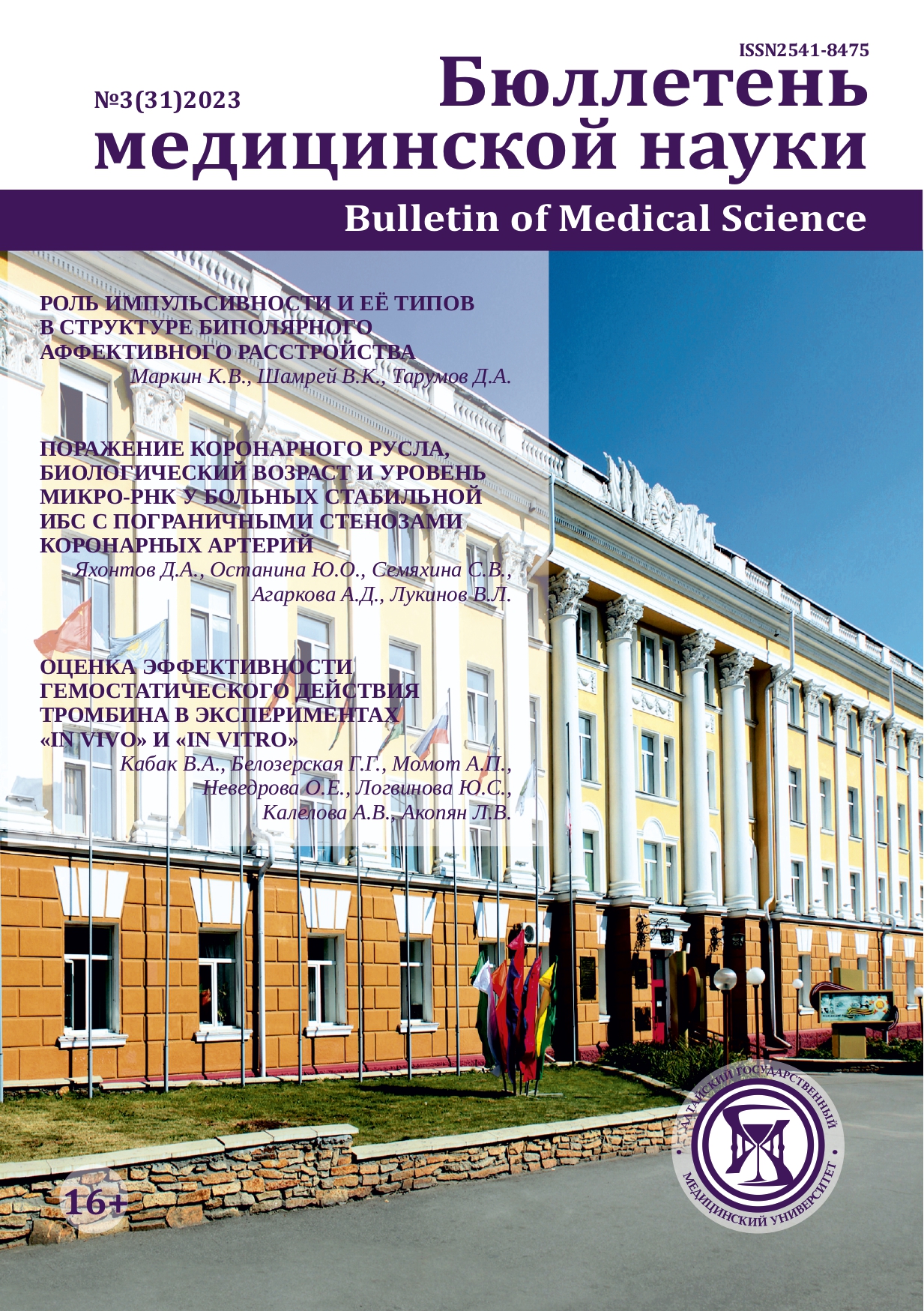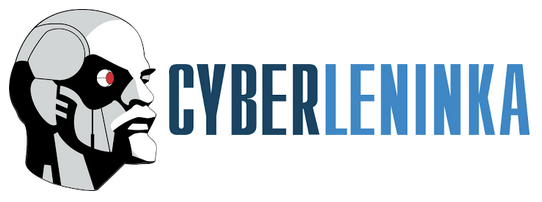EVALUATION OF THE EFFECTIVENESS OF THE TREATMENT OF EXPERIMENTAL BURN WOUNDS BASED ON THE RESULTS OF LABORATORY AND MORPHOLOGICAL STUDIES
UDC 616-001.4-001.17-08-092.4
DOI:
https://doi.org/10.31684/25418475-2023-3-65Keywords:
deep skin burns, experimental studies, wound dressings, bacterial cellulose, blood test, morphologyAbstract
Purpose of the study: to study the dynamics of laboratory blood parameters, as well as the morphological characteristics of the healing of experimental burn wounds when using bacterial cellulose (BC) wound dressings compared to traditional treatment. Materials and methods. 60 rats of both sexes of the Wistar breed were studied, in which skin burn of the third degree was simulated in the experiment. The animals were divided into 3 groups, of which group 1 included individuals who used BC-based wound dressing (n = 20) in the treatment of burn wounds, in group 2 (n=20) BC plates were used after exposure to a 1% chlorhexidine solution, and in group 3 (comparisons, n=20) treatment was carried out using the traditional method (daily dressings with Levomekol ointment). On the fifth, 10th, 15th, 20th, and 28th days, blood was taken from 5 animals to determine the detailed analysis, the main biochemical constants, and the wound tissue was excised for morphological and morphometric evaluation according to the developed criteria. Results. When analyzing laboratory blood parameters, an increase in hemoglobin level was noted, more pronounced in group 3, which is associated with blood clotting due to experimental burn injury. There is a more significant decrease in platelets in group 3 by the end of the study, which characterizes the process of consumption in the open management of an infected burn wound. In groups 1 and 2, compared with traditional treatment in group 3, differences were noted, consisting in a more effective restoration of hemoglobin levels, a decrease in the level of leukocytes, alanine transaminase, and a decrease in azotemia (p<0,05). According to the morphological and morphometric criteria for the healing of burn wounds on days 20 and 28, in 18 (90%) out of 20 rats of groups 1 and 2, the wounds were at the stage of almost complete epithelialization (criterion 4), while in the comparison group this was noted only in 4 (40 %) out of 10 individuals (p<0,01), and in 60% the wounds were in the stage of initial or moderate epithelialization (criteria 2 and 3).
Downloads
References
Downloads
Published
How to Cite
Issue
Section
License
Copyright (c) 2023 Андрей Николаевич Жариков, Александр Руштиевич Алиев, Ольга Владимировна Орлова, Олеся Николаевна Мазко, Олеся Геннадьевна Макарова, Любовь Габдулбариевна Дворникова, Наталья Михайловна Семенихина

This work is licensed under a Creative Commons Attribution 4.0 International License.












